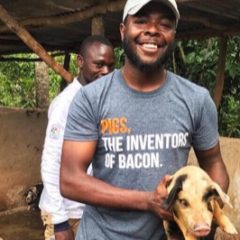
An interview with the most interesting man in pork world: Swine Specialist, “Pork” Rhyne Cureton
A sneak peak at one of the speakers at the 10th Anniversary Camp Bacon Main Event on Friday, May 31 at Cornman Farms! Ari: Looking over your resume, you’ve done a whole lot! If I read it right, you graduated from North Carolina A&T. You were a “Swine Specialist” in Uganda and Tanzania. You were […]
Read more »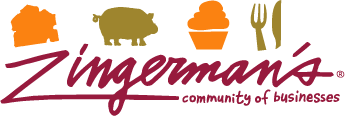
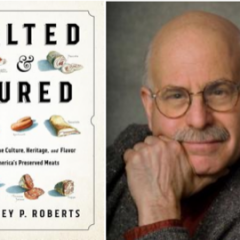
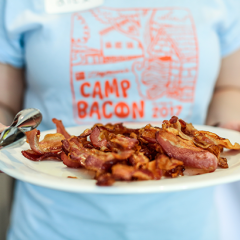
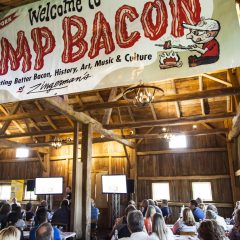
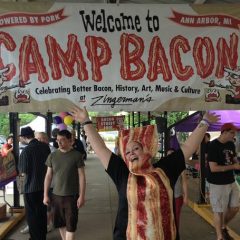
Zingerman’s Art for Sale